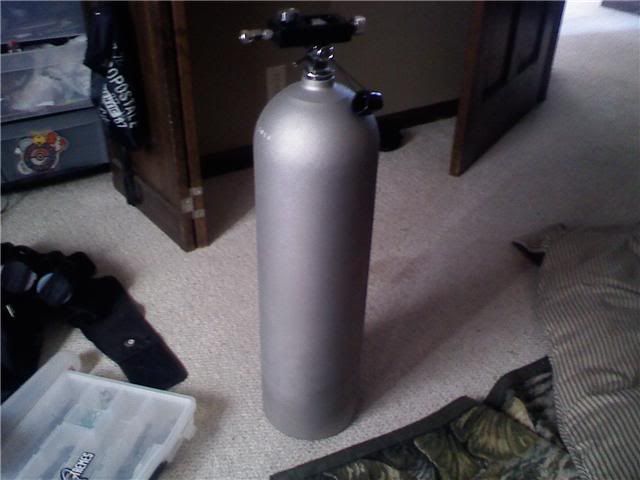pbfanatic321
Registered
- Messages
- 7
- Reaction score
- 0
Hey guys whats up I'm new here!
I have one quick question, could you tell me by the looks of the tank all its specs?
I think its a steel tank, right?

I have one quick question, could you tell me by the looks of the tank all its specs?
I think its a steel tank, right?




